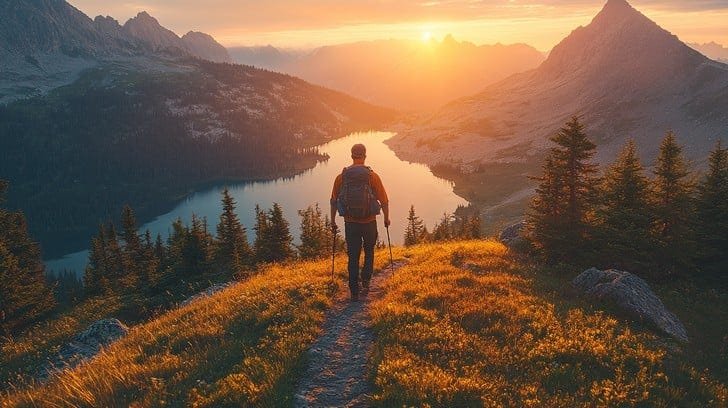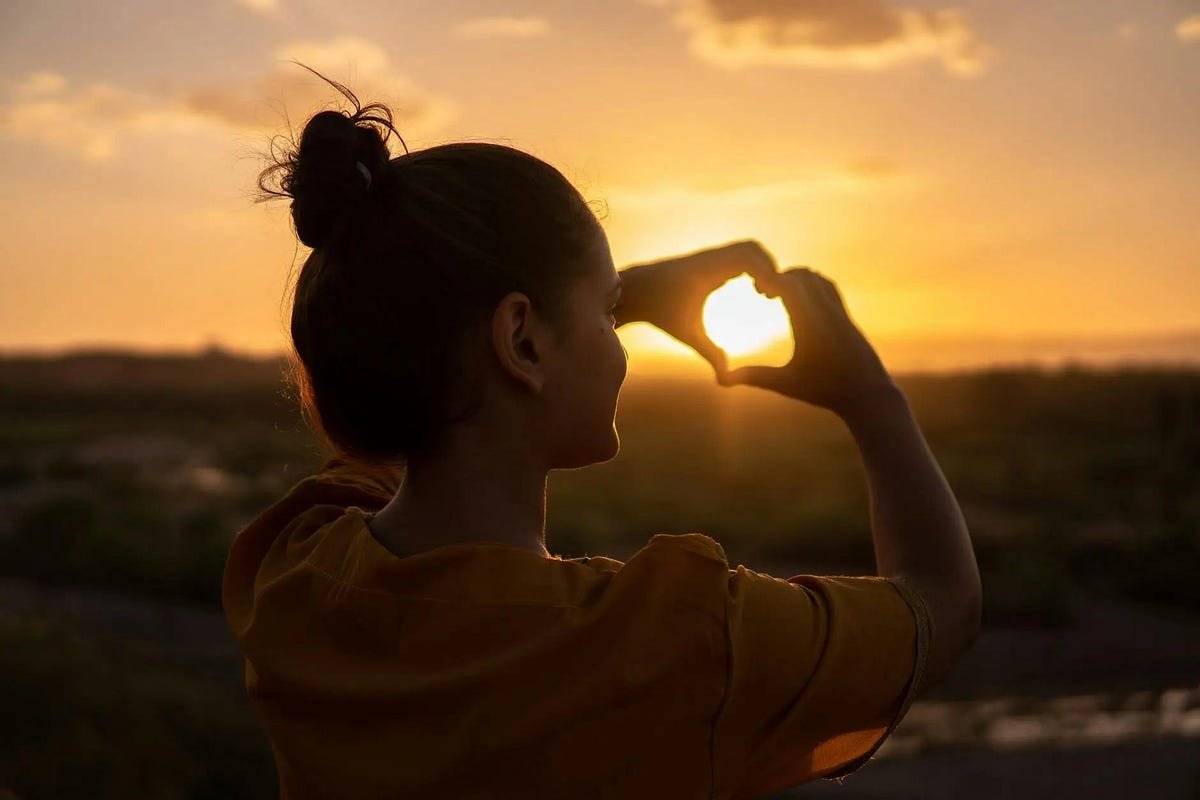The 3 AM Moment That Changed How I Pack for Every Adventure | by Teton Peaks | Jul, 2025

Hiker silhouetted against mountain sunrise, representing the transformative moments that happen on trail
Sometimes the most profound lessons come at dawn, after the longest nights
It was 3 AM in the Sierra Nevada, and I was questioning every life choice that had led me to this moment.
Rain hammered against my supposedly “waterproof” tent while I lay in a growing puddle, shivering in my sleeping bag. My hiking partner Sarah was fast asleep in her compact shelter just twenty feet away, completely dry and comfortable. The difference? Her entire tent weighed less than half of what mine did, yet she was having the adventure of her dreams while I was having a nightmare.
This wasn’t supposed to happen. I’d spent months planning our week-long trek through the John Muir Trail, researching every detail except the one that mattered most: the weight and quality of my shelter. My 4.5-pound “budget-friendly” tent had seemed like a smart compromise when I bought it. Now, soaked and miserable at 11,000 feet elevation, I realized that some compromises cost more than money — they cost comfort, safety, and joy.
The problems had started on day one. While Sarah bounded up the trail with her streamlined pack, I trudged behind, already feeling the extra weight of my traditional camping setup. By day three, the difference was dramatic. She was energized and eager to explore side trails and scenic viewpoints. I was focused solely on reaching camp before exhaustion set in.
The weight difference between traditional and ultralight gear becomes exponentially important over long distances
“Every ounce counts,” Sarah had told me during our pre-trip planning. I’d dismissed it as ultralight obsession. But hauling an extra 15 pounds of gear over mountain passes taught me that those ounces multiply into pounds, and those pounds multiply into fatigue, frustration, and missed opportunities.
The tent failure that night was just the breaking point. For three days, I’d been carrying unnecessary weight that slowed me down and wore me out. Now I was paying an even steeper price: a sleepless night in wet gear with two more days of hiking ahead.
Dawn couldn’t come soon enough. As the first light hit our campsite, Sarah emerged from her tent looking refreshed and ready for another day of adventure. Meanwhile, I crawled out looking like I’d wrestled a bear — and lost.
Over steaming cups of coffee, she shared her gear philosophy that would change how I approached every future adventure: “Your gear should enhance your experience, not define its limits.”
The right shelter transforms camping from endurance test to genuine rest and rejuvenation
Her ultralight two-person tent weighed just under two pounds, set up in minutes, and had kept her completely dry through the storm. More importantly, carrying less weight meant she had energy left to actually enjoy the stunning scenery we’d come to experience. She wasn’t just surviving the trail — she was thriving on it.
That soggy Sierra Nevada night taught me three crucial lessons that now guide every gear decision I make:
Weight is cumulative pain. Every extra ounce you carry gets multiplied by every step you take. Over a week-long trek, that seemingly insignificant weight difference becomes the gap between suffering and enjoying your adventure.
Quality matters more than price. My “budget” tent cost me far more than money — it cost me sleep, comfort, and nearly my enthusiasm for backpacking. Sometimes the most expensive option is the cheapest one that doesn’t work.
Gear shapes experience. Your equipment doesn’t just help you survive outdoors; it determines what kind of experience you’ll have. The right gear fades into the background, letting you focus on why you came — the views, the peace, the adventure.
Six months later, I returned to the Sierra Nevada with completely different gear. My new ultralight setup weighed 3 pounds less than my old tent alone. The difference wasn’t just in my pack — it was in my entire relationship with backpacking.
Where I once dreaded steep climbs, I now found myself with energy to spare for summit scrambles. Evenings that had been about recovery became opportunities to explore, photograph, and simply sit quietly watching the alpenglow paint the peaks. The trail transformed from an ordeal to be endured into an adventure to be savored.
Most importantly, I learned that ultralight isn’t about minimalism for its own sake — it’s about maximizing what matters most. By carrying less, I could experience more.
Looking back, that miserable night in the mountains was one of the best things that happened to my outdoor life. It forced me to question assumptions, research better solutions, and ultimately discover gear that enhanced rather than hindered my adventures.
If you’re planning your own backpacking adventures — whether it’s your first overnight or your fiftieth — remember that your gear choices will shape every moment of your experience. The trail is challenging enough without fighting your equipment too.
Don’t make my mistake of learning this lesson the hard way. Whether you’re heading out solo or with a partner, take the time to understand your options and invest in gear that will enhance rather than limit your adventures.
For those ready to make the leap to ultralight backpacking, especially if you’re looking for reliable two-person options, I’ve found some excellent resources that break down the best choices available. After years of testing different setups in various conditions, I can confidently say the right tent makes all the difference between a good trip and an unforgettable one.
Ready to transform your own backpacking experience? Check out this comprehensive guide to ultralight two-person backpacking tents that covers everything I wish I’d known before that cold night in the Sierra Nevada.
What’s your gear story?
Every backpacker has that one piece of equipment that changed everything — for better or worse. What’s yours? Share your experiences in the comments below, and let’s help each other make better choices for our next adventures.
